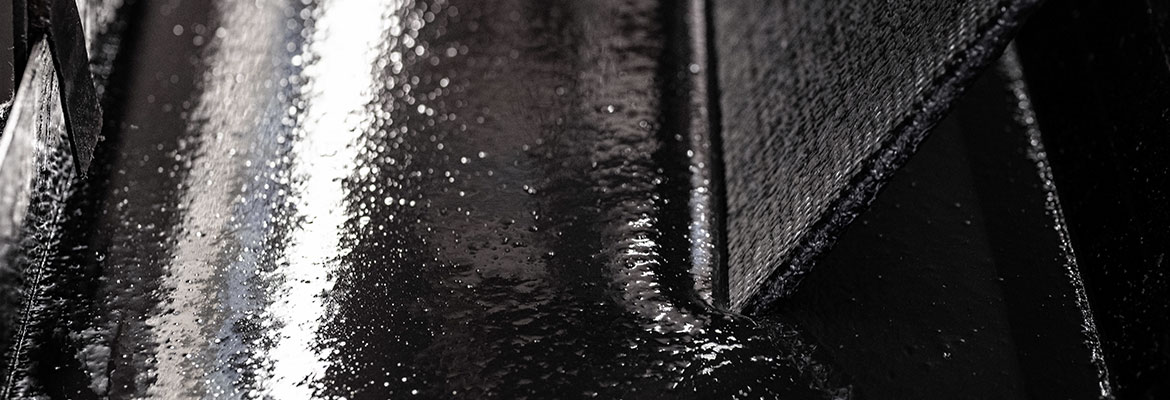Customised Fenner Belting
Fenner HI-VIS
Fenner High Visibility (Hi-Vis) yellow covered belting provides improved safety and inspection capabilities, particularly on underground conveyors. The enhanced visibility of the yellow covers significantly improves the sighting of the conveyor’s moving parts and structure against the belt, allowing easier inspection and making the conveyor itself more conspicuous. In use in the UK, Scandinavia and Canada, the advantages of Hi-Vis belting have been recognised by engineers as a useful feature in improving safety around conveyors – always an area of concern.
Fenner Hi-Vis belting is a product innovation driven by the need for improved safety and is especially advantageous on man-riding conveyors, making the belt joints, edges and moving conveyor parts more obvious to the rider.
Fenner belting is also available in a range of other colours to assist in belt identification.

Fenner Special Covers
Certain applications require conveyor belts with special properties and our highly experienced in-house research and development team has developed a range of PVC compounds for Fenner covers, all of which are available with fire-resistant properties. Our range of PVC covers includes:
- with an easily cleaned surface for handling wet, sticky materials such as chalk, clay and lignite
- high coefficient of friction covers for high grip on pulleys and for load retention on inclines
- covers suitable for low-temperature environments
- special elevator belt covers
- leach resistant covers

Special Carcass Properties
Fenner carcass designs can be customised to include one or more of the following features:
- increased fastener holding efficiency for high speed/tonnage applications
- improved lateral stability to further enhance resistance to longitudinal splitting on high capacity/deep trough conveyors
- high tear and rip resistance for arduous applications where belts are difficult to align and maintain
- additional carcass mass to allow belts to negotiate small radius catenary curves which would normally require steel cord belt (to prevent the belt lifting off the structure under no load conditions)
- improved edge wear protection for extensible and similar applications
- easily the cleaned surface
